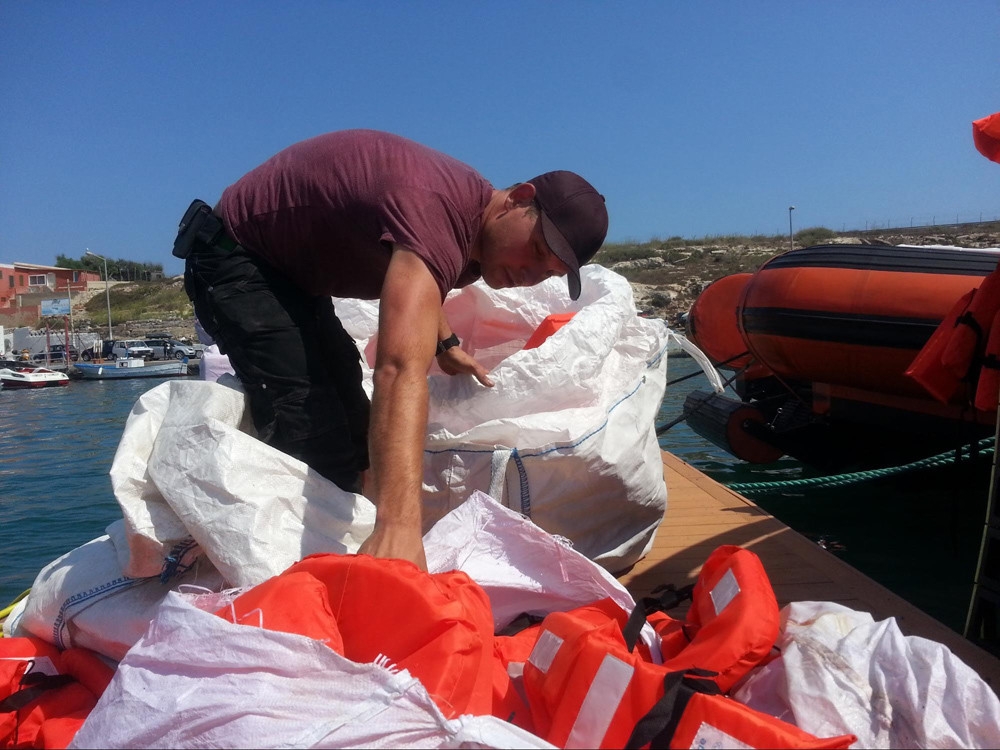Quelle: Irin
The Forgotten Frontline Of The Migrant Crisis
By Obinna Anyadike
It’s late afternoon on the forested slopes of Mount Selouane. In single file or knots of friends, young West African men are trudging down the hillside to the dusty, dishevelled outskirts of the Moroccan village of Shadia. Nearly everyone is carrying an empty water bottle, part of their daily routine to fill them for free from standpipes outside the few general stores. They come as well to get a better network connection, to check their Facebook, make calls home, or catch up on friends who have made it to Europe. By nightfall, the growing agricultural village of half-finished apartments – and watchful local men – will transform once again. The West Africans will be gone; back in the relative safety of the forest, where more than 1,000 irregular migrants are camped. Shadia is 20km from the north-eastern city of Nador, which borders the Spanish port enclave of Melilla and doorway to Europe. That’s the goal of the visitors up in the Selouane: they are gambling that through luck or daring, they can make it through and into a better life.

